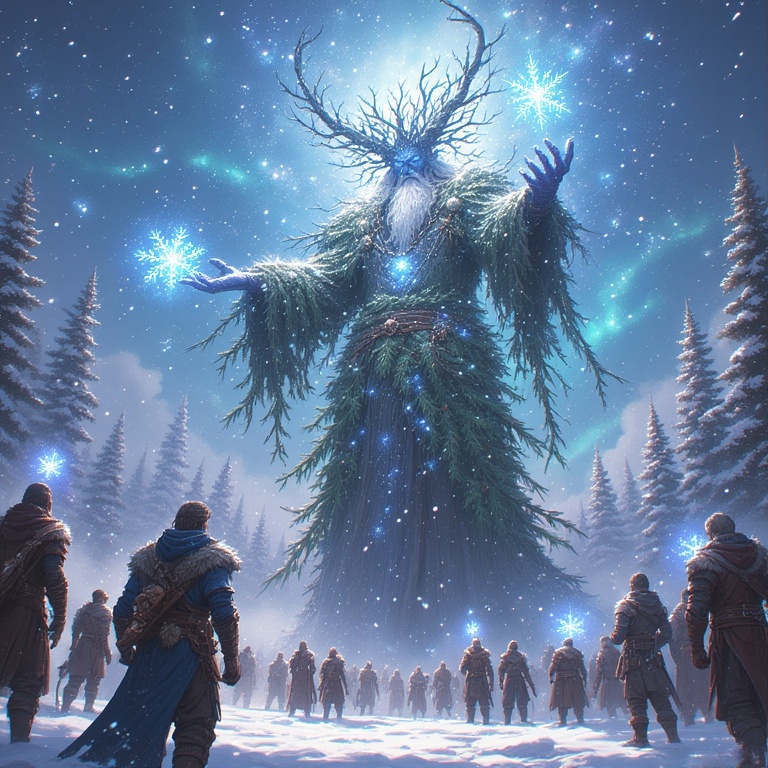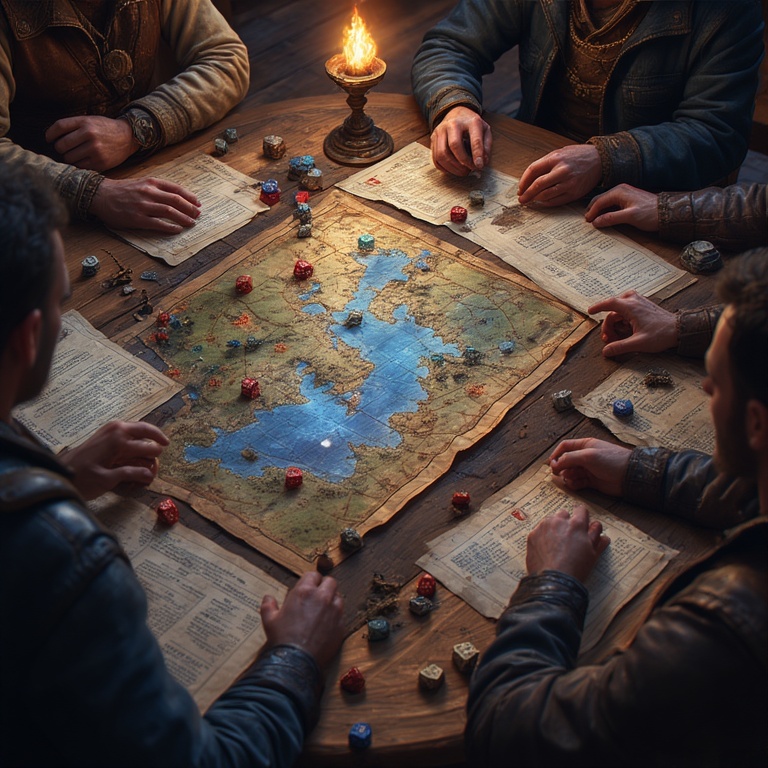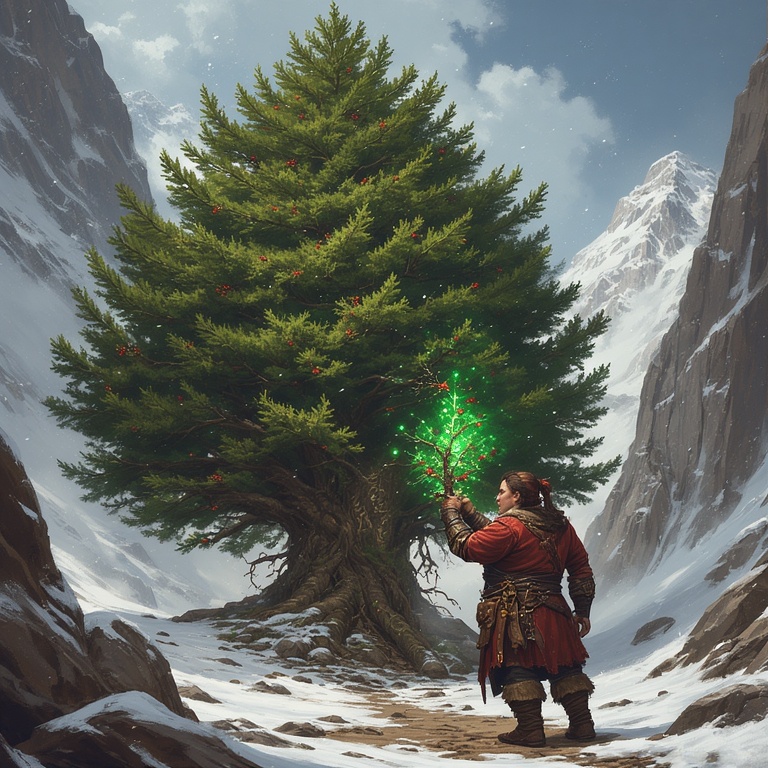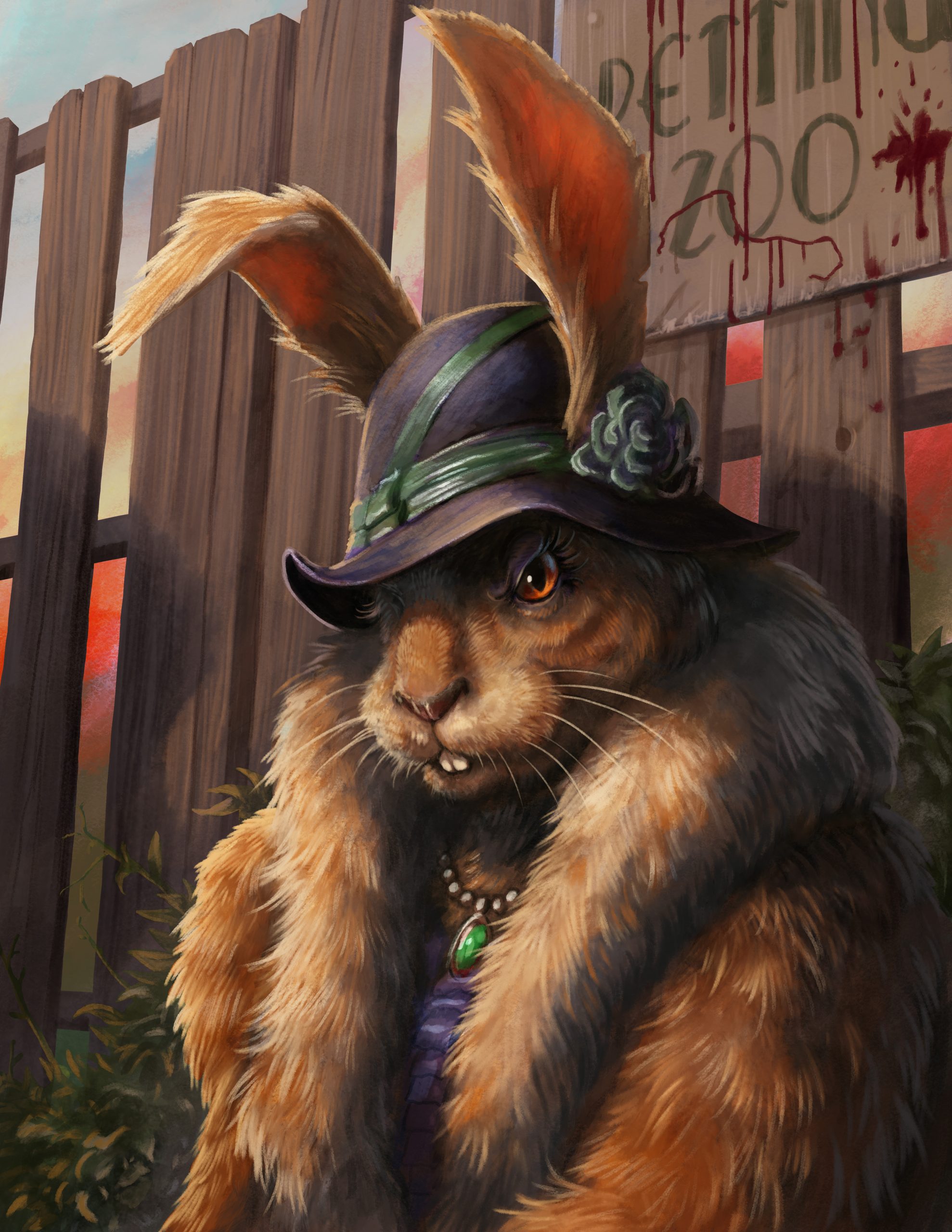
🌿 The Verdroot: Children of the First Sprout
Playable Race for D&D 5e & Tales of the Valiant

A shambling mound, quintessential D&D plant creature, as seen in the fifth edition Dungeons & Dragons Basic Rules.
The Whispering Roots — Lore of the Verdroot
Legends tell of The First Sprout, an ancient, towering plant-being who walked the worlds before recorded history. When the First Sprout fell—whether to time, flame, or some unfathomable enemy—its body did not decay like mortal flesh. Instead, each broken bough, each fallen leaf, and each splintered seed was planted, intentionally or by happenstance, into fertile ground.
From those scattered remains grew the Verdroot—sapient plantfolk whose forms vary like the trees and vines of a forest. Some have bark-like skin, others are smooth and reed-thin; some bloom with bright flowers, others exude a faint, bioluminescent glow at night.
The Verdroot hold an almost religious reverence for their origins, claiming that deep beneath the oldest forests lies the still-living Heartwood of the First Sprout. Many believe that when a Verdroot dies, they return to the root-network that connects all of their kind—a web of memory and life that pulses beneath the soil.
“We are not born. We are grown. And someday, you may plant me, and I will walk again.”
— Rootkeeper Lethbran of the Verdroot Grove
Physiology and Lifecycle
A Verdroot emerges from a planted cutting, seed, or splinter of another Verdroot. The parent does not die in this process—though planting a fallen Verdroot’s remains is the most traditional way to grow a new one. Young Verdroot emerge as saplings with juvenile features, slowly developing height, girth, and woody armor over the first few decades.
Because each Verdroot is genetically linked to its predecessor, the species shares an uncanny resemblance in voice and mannerisms. Elders whisper that deep within their sap, a fragment of the First Sprout’s consciousness still flows, passed down generation to generation.
Racial Traits — Verdroot
Playable in D&D 5e and Tales of the Valiant
Ability Score Increase. Your Constitution score increases by 2. Your Wisdom or Strength score increases by 1 (your choice).
Creature Type. You are a Plant.
Size. Verdroot range from 5 to 8 feet tall. Your size is Medium.
Speed. Your base walking speed is 30 feet.
Natural Armor
Your bark-like hide grants you protection. When not wearing armor, your AC equals 13 + your Dexterity modifier. You can still use a shield and gain this benefit.
Photosynthetic Vitality
While in sunlight for at least 4 hours during a long rest, you regain 1 extra hit point per level at the end of that rest. This benefit does not replace the need for food, but you require only half as much as normal.
Rooted Resilience
You have advantage on saving throws against being poisoned, and you have resistance to poison damage.
Plant Communication
Through subtle vibrations and chemical signals, you can communicate simple ideas, emotions, or warnings to plants and plant creatures within 30 feet. This is not telepathy and conveys no complex language, but plants understand you instinctively.
Legacy of the First Sprout (Fluff Feature)
When a Verdroot dies, a fragment of its essence remains in its woody frame. If a piece of your body (such as a branch or seed) is buried in fertile soil for 1 year, it grows into a new Verdroot sapling—an offspring with no memories of its prior life, but a lingering emotional connection to your friends and allies.
This is not a resurrection—it is the birth of a new, distinct being, though some scholars believe the First Sprout’s grand design allows a fragment of the deceased’s spirit to subtly shape the new one’s personality.
Languages
You can speak, read, and write Common and Sylvan. Your speech tends to be slow, deliberate, and full of metaphor.
Playing a Verdroot
A Verdroot character is tied to cycles of growth, decay, and regrowth. They may be:
-
A wandering sapling, seeking the truth of the First Sprout’s death.
-
A Rootkeeper, tasked with recovering fallen Verdroot remains to replant them.
-
An exile who has taken root in cities of stone, learning from “fast-born” folk.
Verdroot Names
Verdroot names are grown rather than given, often inspired by sounds in nature, the feel of the wind through branches, or the scent of nearby blooms. Some examples:
Given Names: Thaloak, Brindleblossom, Mossanthe, Vireleaf, Craggroot, Bloomath.
Grove Names: Deepsoil, Sunbranch, Nightpetal, Riverbough.
DM’s Notes: Plot Hooks & World Integration
-
The Heartwood Calls: Rumors spread of a massive root system deep in the underdark, pulsing with life. Is it the First Sprout’s heart—or something worse?
-
War of the Cuttings: Rival Verdroot groves argue over whether they should plant every fallen branch or only those of proven heroes.
-
Sapling of a Hero: The offspring of a famous Verdroot champion awakens—does it inherit the enemies of its progenitor?
💡 Design Intent:
The Verdroot give plantfolk fans a playable species with thematic immortality-through-offspring, environmental flavor, and unique survival perks without pushing the power level too far above existing races like Firbolgs or Warforged. The Legacy of the First Sprout feature is intentionally non-combat and story-driven, making it great for DMs to weave into plotlines. Clearly this race is inspired by the wonderful chaarcter Groot from Guardians of the Galaxy. But if you are familiar with my writing, I love taking inspiration from the things I read or watch. And taking some chill time I decided to binge all the Gaurdians movies and felt this was a fun little project.
Thanks for reading. Until Next Time, Stay Nerdy!!











No Comments